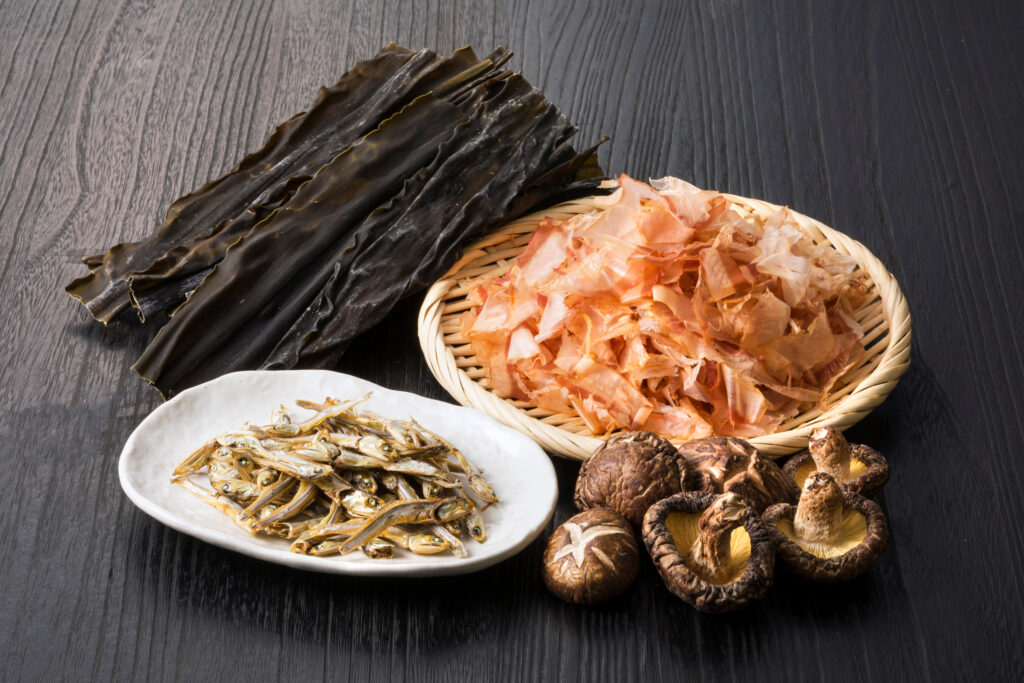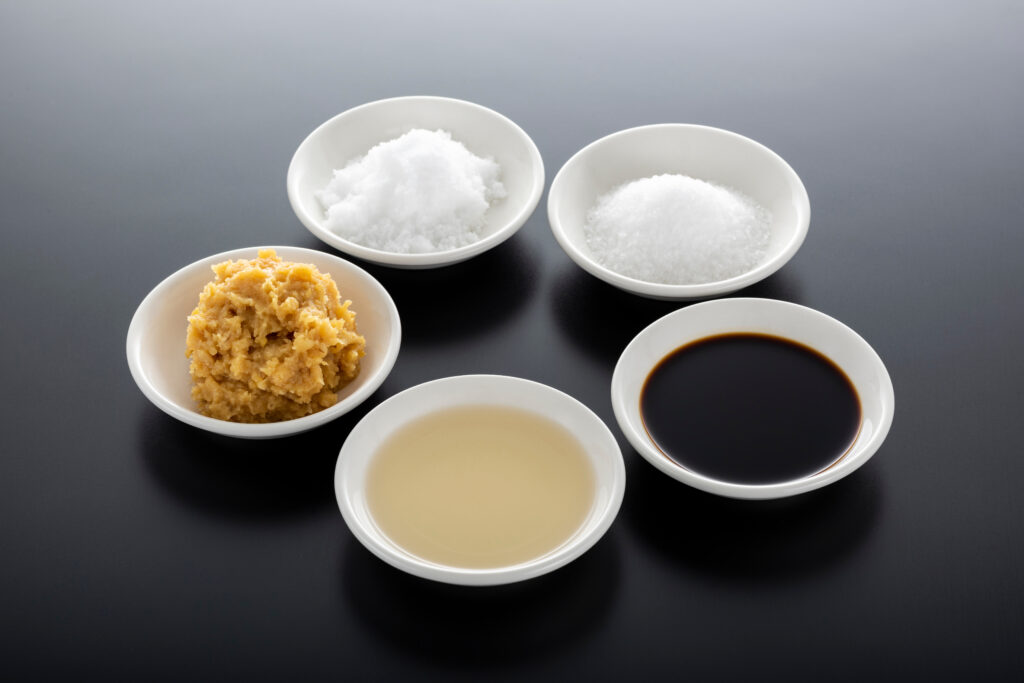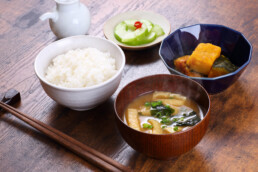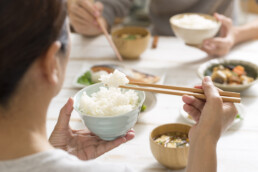We have chosen five colours for our campaign: red, orange, green, blue, and yellow. Why did we choose five colors? One of the reasons is that Japanese cuisine values the concept of the “five” in cooking.
Japanese food, which was registered as a UNESCO Intangible Cultural Heritage in December 2013, is now consumed by many people in countries and regions around the world, mixed with local flavours and food culture. India is no exception.
In this context, we would like to introduce the “five tastes” of Japanese food, which is a concept with the number “five” attached to it, in the hope that you will learn about the traditional idea of Japanese food.

Five tastes, called “Go-Mi,” are extremely important in Japanese Cuisine
In Japanese cuisine, there is the concept of “five tastes,” which emphasises the importance of five tastes. In Eastern medicine, the five tastes are: sweet, salty, bitter, sour, and pungent. Physiologically, the five tastes are sweet, salty, bitter, sour, and umami where pungent taste is not included.
This is because, in physiological terms, the five tastes are the tastes perceived when taste substances in food stimulate the taste bud cells on the human tongue. Sensory cells are also involved in the perception of taste. The taste is sensed in response to the sensation of food touching the mouth, pain, and changes in temperature.
In Indian cuisine, this pungency is very important. However, as for this pungency, it is not a taste that is perceived as a gustatory sensation, but rather one that is perceived as a sensation of pain and warmth.

What are typical umami ingredients? “Synergistic effect of umami” created by multiplying umami ingredients
Typical umami substances include glutamic acid, an amino acid found in kelp, a seaweed commonly consumed by Japanese people; inosinic acid, a nucleic acid found in dried bonito flakes (a traditional Japanese preserved food made by boiling, drying, and thinly shaving dried bonito); and quinic acid, found in dried shiitake mushrooms. The most well-known is glutamic acid. Furthermore, umami is the origin of dashi, the most important ingredient in Japanese food, and it is indispensable.
In fact, the combination of glutamate and nucleotide umami compounds gives a dramatically stronger umami taste than each of these umami compounds alone. It has been scientifically proven that the taste of food can be enhanced. This is called “umami synergy.” Umami is approximately seven to eight times stronger than glutamic acid and inosinic acid combined, and provides a deep sense of satisfaction similar to that of fats and oils.

Umami has now become a universal term, and was first proven in neurophysiological in 2002.
The Japanese have long regarded “umami” as important, but overseas, there was no sense of umami to begin with. In other words, we have always perceived and expressed taste with the four tastes of “sweet,” “bitter,” “sour,” and “spicy.”
However, did you know that the umami component of kelp (glutamic acid) was discovered by Japanese scientists more than 100 years ago? A long time has passed since then, and in 2002, umami finally came to the world’s attention when it was scientifically proven that the human tongue (taste buds) has receptors for umami.
However, what is the umami taste? It is quite difficult to explain, even for Japanese people. One cookery researcher once told me, “Umami in Indian cuisine is tomatoes and onions. The essence of the tomatoes and onions that Indian people sauté to give them depth of flavour is what we Japanese call ‘umami’.”
As a side note, there are also five basic seasonings used in Japanese cuisine: sugar, salt, vinegar, soy sauce, and miso. You can see how deeply connected number five is to Japanese food.

If you want to know more about Japanese culture you can check Our Differences.




